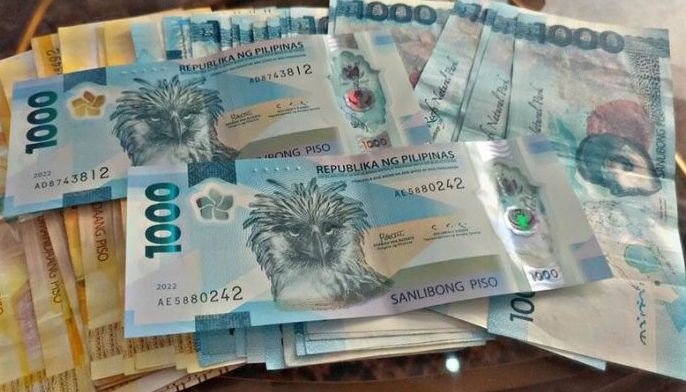MANILA, Philippines — The Philippine economy may grow below six percent in the first quarter from the revised 7.1-percent expansion in the fourth quarter of last year, according to DBS Bank Ltd. of Singapore.
Coupled with weak exports, DBS said Philippine economic growth may weaken significantly to below six percent from January to March.
In a commentary, Philip Wee, senior foreign exchange strategist at DBS, said that the Development Budget Coordination Committee (DBCC) lowered the Philippines’ gross domestic product (GDP) growth target to a range of six to seven percent from the original target of 6.5 to eight percent because of global slowdown concerns.
Wee also said the peso is at risk of breaking its four-month range between 53.6 and 56.3 to $1.
The peso pierced the 56 to $1 handle last week amid the possible additional rate hikes by the US Federal Reserve as well as the plan of the Bangko Sentral ng Pilipinas (BSP) to pause from its tightening cycle.
Prior to the weakening, the peso had emerged as one of the best performing currencies in the region this year.
Due to the aggressive rate hikes and the active participation of the BSP in the foreign exchange market, the peso rebounded strongly to the 53 to $1 level last February from an all-time low of 59 to $1 in October last year.
Wee said the DBCC’s foreign exchange assumption in December last year was 55 to 59 per $1 on a slower export growth forecast of four to seven percent.
However, Wee said exports contracted for a third straight month at 18.1 percent in February, hitting double-digit declines not seen since August 2020.
“Hence, consensus may be optimistic about real GDP growth slowing to six percent in the first quarter from 7.1 percent in the fourth quarter of 2022,” Wee said.
The DBCC is scheduled to convene today to review the country’s macroeconomic assumptions and growth targets, while the Philippine Statistics Authority (PSA) is set to release the GDP figures on May 11.
Since Monday, the peso has stopped appreciating and is down year-to-date against the dollar, as most Asian currencies have weakened against the greenback this month.
Wee said several countries in the region, led by Malaysia, South Korea, Singapore and Indonesia, have stopped tightening monetary policy this year.
Likewise, Vietnam delivered a surprise 100-basis-point rate cut while China eased the reserve requirement ratio at major banks by 25 basis points.
On the other hand , the BSP signaled a possible pause in its tightening cycle on May 18 if the downtrend in inflation continues.
The aggressive 425-basis-point hike in key policy rates since May last year helped cool inflation to a six-month low of 7.6 percent in March from 8.6 percent in February.
However, inflation remains well above the BSP’s two to four percent target range and is expected to ease back to the target by November or December this year.
President Marcos approved the creation of an inter-agency committee, run jointly by the National Economic and Development Authority and the Department of Finance, to recommend non-monetary measures to curb price increases.
“Monetary policy works with a lag. The past hikes slowed commercial bank lending growth to 9.6 percent year-on-year in February from a 13.5-percent high in November,” Wee said.
Likewise, remittances from overseas Filipino workers (OFWs) slumped to a nine-month low in February, while the country’s unemployment rate increased to 4.8 percent in February.


